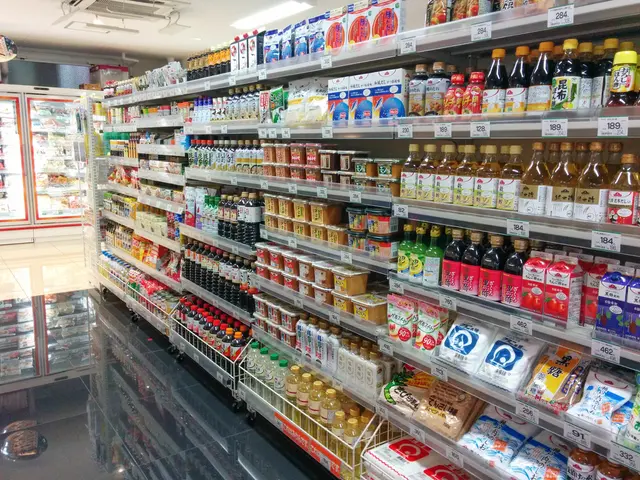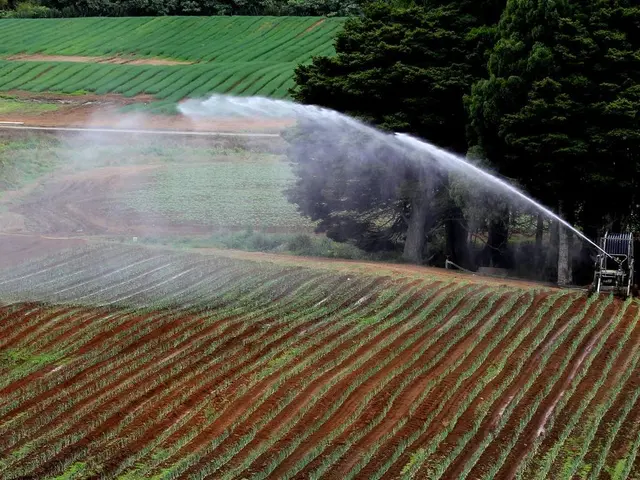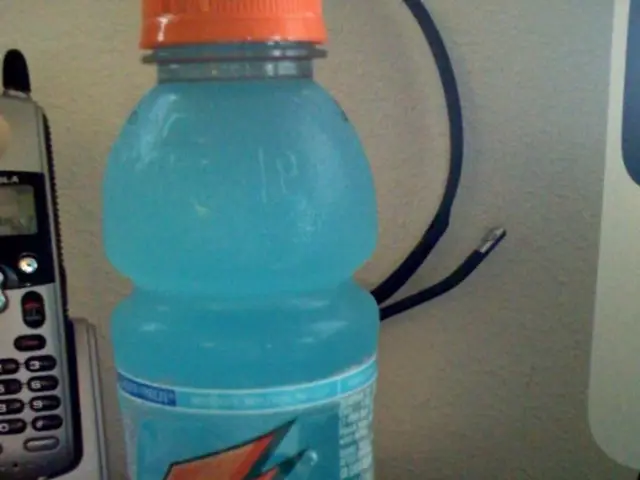DIY Sensory Bags: Simple Home Crafts and Their Advantages
If you have a child at home, you're likely already aware of the latest trend in toys: sensory bags. These bags offer a unique and engaging way for children — and adults, too — to learn through their senses. Sensory learning has been shown to yield long-lasting effects, much like the taste of a favorite meal or the sight of a beautiful sunset.
Even everyday experiences, such as the smell of a campfire or singing along to a song, fall under the umbrella of sensory learning. This process begins when we're infants, with the exposure to various textures, sounds, and colors, all of which help develop cognitive skills. Once you give it a try, the entire process becomes an enjoyable experience, and children can even join in on the fun.
What are Sensory Bags for Toddlers?
Sensory bags are a popular toy that allows children to play with mess-free materials while stimulating their core senses. These bags, also known as squish bags, provide an opportunity for children to discover, explore, imagine, create, and learn using their senses. They contain various materials and artwork designed to stimulate the senses and make playtime fun and exciting.
When to Introduce Sensory Bags to Babies and Toddlers
Sensory bags can be introduced to babies as young as six months old, provided they can sit up with minimal support and begin exploring objects with their hands. However, the appropriate age for these bags depends on the child's development and the type of sensory bag used.
Benefits of Sensory Bags for Babies and Toddlers
Sensory bags offer numerous advantages for babies, including:
- Enhanced Language Skills: The language skills of many children are improved when they describe the various senses they experience. Their grammar and vocabulary are also boosted.
- Appropriate Sensory Input: The bags provide a balanced sensory input that meets the child's specific requirements.
- Fine Motor Skills Development: As children manipulate smaller objects, they develop their fine motor skills.
- Improved Social Skills: Children can communicate their experiences when using sensory toys, which helps them improve their social skills naturally.
Materials for DIY Sensory Bags
There are a variety of options to choose from when it comes to filling these bags for infants. Some examples include:
- Dry pasta
- Pom poms
- Popcorn
- Shaving cream
- Dyed rice
- Salt
- Beads
- Drinking straws
- Clear hair gel or shampoo
Creative DIY Sensory Bag Ideas
Here are some unique and engaging DIY sensory bag ideas that both parents and children can create together:
1. Ocean Sensory Bag
This sensory bag idea offers a calming and delightful experience for babies. A mini version can be easily created using small bath toys and water. This is an excellent way to expose infants to the wonders of the sea and pique their curiosity about this fascinating liquid.
2. Shaving Cream Sensory Bag
Shaving cream makes for a soft material that can be placed inside bags, making it a fun and enjoyable experience for little ones. The bags must be properly sealed before handing them to children.
3. Play-Doh Sensory Bag
This is an easy and fun sensory bag to make for children. Play-doh is a favorite material among children for learning about its unique properties. You can allow children to mold the play-doh into different shapes for a cool sensory bag idea.
4. Lava Lamp Sensory Bag
Lava lamps can be recreated in a sensory bag. This is an excellent way to teach children about colors, as well as the properties of oil and water. All you need for this project are baby or cooking oil, Ziploc bags, neon watercolors, and clear packaging tape.
5. Rice Sensory Bag
A rice sensory bag is a fun type to set up for your little one. Rice is an ideal sensory material for children due to its soft texture and affordability. Rice is available at any local store and can be used to create sensory bags quickly.
6. Magnetic Sensory Bag
This magnetic sensory bag combines science and play by allowing children to manipulate objects through the bag. This interactive version teaches basic magnetism and keeps small parts contained, making it suitable for curious toddlers.
7. Nature Sensory Bag
This sensory bag is perfect for helping children explore different textures, colors, and natural elements in a mess-free environment. You can create a nature-themed sensory bag with leaves, flowers, sand, or even small pinecones.
8. Galaxy Sensory Bag
For little space explorers, this galaxy-themed sensory bag creates an out-of-this-world experience. It features glitter, stars, and cosmic colors, perfect for sparking imagination. The slow-moving glitter and beads resemble floating stars, making it both soothing and visually appealing.
9. "Frozen" Sensory Bag
This Frozen-inspired sensory bag recreates the icy-blue, sparkling effect of Elsa's magic. It's an excellent choice for themed playdates or calming anxious little ones.
These sensory bag ideas are just a small selection of the possible variations. By filling sensory bags with a variety of materials, you can provide your child with a fun, engaging, and educational experience.
Footnotes:[1] https://www.pinterest.co.uk/pin/667547428659602698/[2] https://www.parents.com/toddlers-preschoolers/arts-crafts/finger-painting-sensory-activity/[3] https://activities.momtastic.com/glitter-bottles/index.htm
- With sensory bags, toddlers can enjoy mess-free exploration in fashion and beauty, discovering the hidden textures and colors of glitter, pom poms, and dyed rice.
- Over lunch, parents can engage their children in learning about food and drink through play with sensory bags filled with dry pasta, popcorn, or salt, stimulating their taste for creativity.
- In the midst of learning about relationships, a pet may provide comfort and companionship for a child, enriching their lifestyle and deepening their understanding of loyalty and care.
- While traveling to new places, cars become an essential part of the adventure, providing a sense of freedom and a new perspective on the world outside home and garden.
- After a long day exploring shopping malls, there's no better way to unwind than by indulging in the therapeutic effects of different fabrics and textures during a relaxing session of sensory bag exploration.







